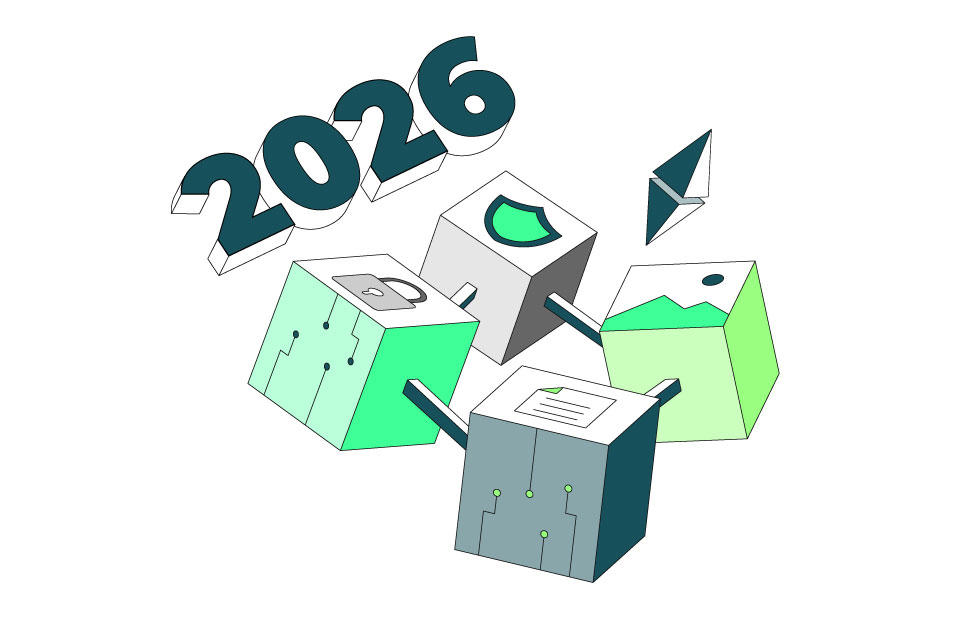The service agenda is key to driving economic growth and commercial prosperity – and yet, two challenging things are happening simultaneously that we urgently need to address.
On the one hand, it is a sad truth that instances of abusive behaviour towards customer-facing staff continue to grow. Ranging from verbal abuse and rudeness all the way through to physical violence, many staff have to deal with simply unacceptable hostility. It’s why we launched our Service with Respect campaign four years ago, to shine a light on this behaviour and bring about change. Our campaign has received widespread backing and support, but unfortunately it hasn’t stemmed the tide. Our most recent wave of research, which I discussed on BBC Breakfast recently, found that 36% of customer-facing staff have faced abusive behaviour over the last six months, and a similar proportion believe the problem has got worse. 40% of those who have experienced abuse have considered quitting as a result. This simply can’t go on – and it’s why we’re campaigning for abuse of customer-facing staff to become a standalone criminal offence.
The other fact that we have to take stock of is that overall levels of customer satisfaction, as measured in our UK Customer Satisfaction Index (UKCSI), are at their lowest ebb for fourteen years (since 2010). Satisfaction has fallen for the last four periods in a row. Far more organisations recorded a fall than a rise in our last UKCSI published in July.
Let me say very clearly from the outset that there can never be any justification for abusive behaviour, verbal or physical, towards staff. At The Institute, we will never stop championing the cause of customer-facing staff and the wider customer service profession. Indeed, another aspect of our campaigning is to give customer service the recognition and respect it deserves as a valued profession in its own right. The more that service is respected, the more that respect will be shown to customer-facing staff.
However, the fact that customer satisfaction has fallen so markedly in recent years can’t be ignored. It doesn’t justify the behaviour, but if service levels don’t meet expectations or needs then customers are more likely to get frustrated – and in a minority of cases, this may boil over into hostility and abuse.
Human dimension
Is there a link between these two phenomena? Although they are different, what they share is the importance of humanity and individual connection – and, on the other side of the coin, the danger of becoming dehumanised.
On the customer front, expectations of service have risen due to ubiquitous technology, consumerism and instant fulfilment. Rightly or wrongly, most customers expect goods and services to be available when they want them, just a few clicks away. Our 24-hour news cycle and social media dominated age has also arguably desensitised many of us, hardening attitudes and making polarisation and argument more ‘normal’. We have become a more demanding society and also more used to arguing and fighting our corner. Covid, Brexit, austerity and the cost of living crisis have all accentuated this.
On the organisational side, the rollercoaster challenges of the last few years have put real pressure on margins and the bottom line. The response of many businesses has been to try to automate areas like customer service as far as possible to lower costs.
I am a big supporter of technology as a means of making processes more effective and therefore hopefully efficient and supporting staff in the way they serve customers – for example, analytics to predict periods of peak demand or customer contact, automated channels that enable customers to self-serve if they wish, or AI tools that suggest in-flight responses or questions to service agents when helping a customer.
But technology mustn’t become a replacement for the human element. The role of technology is to better manage operations, transactions and processes – but it is human beings that customers will always turn to for empathy, care and kindness.
Service agenda connecting people
That’s why organisations need to keep enshrining the human dimension in their customer service approach. This means ensuring that there are adequate well-trained customer service professionals advising and inputting in creative ways to solve and address the complex and non-routine issues that customers at times will have, both in-store and online, and fast routes to speak to a human being if there are signs that an automated route is failing. Staff need to be invested in and supported, with the right training and resources available to them. Quality of service (customer satisfaction/outcomes) should be prized and monitored, as these provide the competitive advantage and standout opportunities to land the brand promise.
I think it is fair to say that we all need to take stock. Businesses need to assess whether they are keeping the human element at key points of the customer service journey and whether there is anything they need to recalibrate or reset. They need to be more creative and look to build teams that have a wide range of service skills – from data analytics to problem solving and empathy. While as a society, and as customers, we need to keep attuned to human values and not let ourselves become dehumanised through our reliance on smart technology and machines.
Quite simply, what we should value most in the world is our humanity – our ability to relate to one another, and to care. If we lose that, we are all diminished.
Implemented well, the service agenda can be a route back to the human agenda. It can connect us and reinforce bonds and relationships. We may never be able to stop the extreme minority from acts of violence or abuse, but we can positively impact the experience and therefore attitudes of the majority – using service as a means to create better outcomes for everyone involved.



